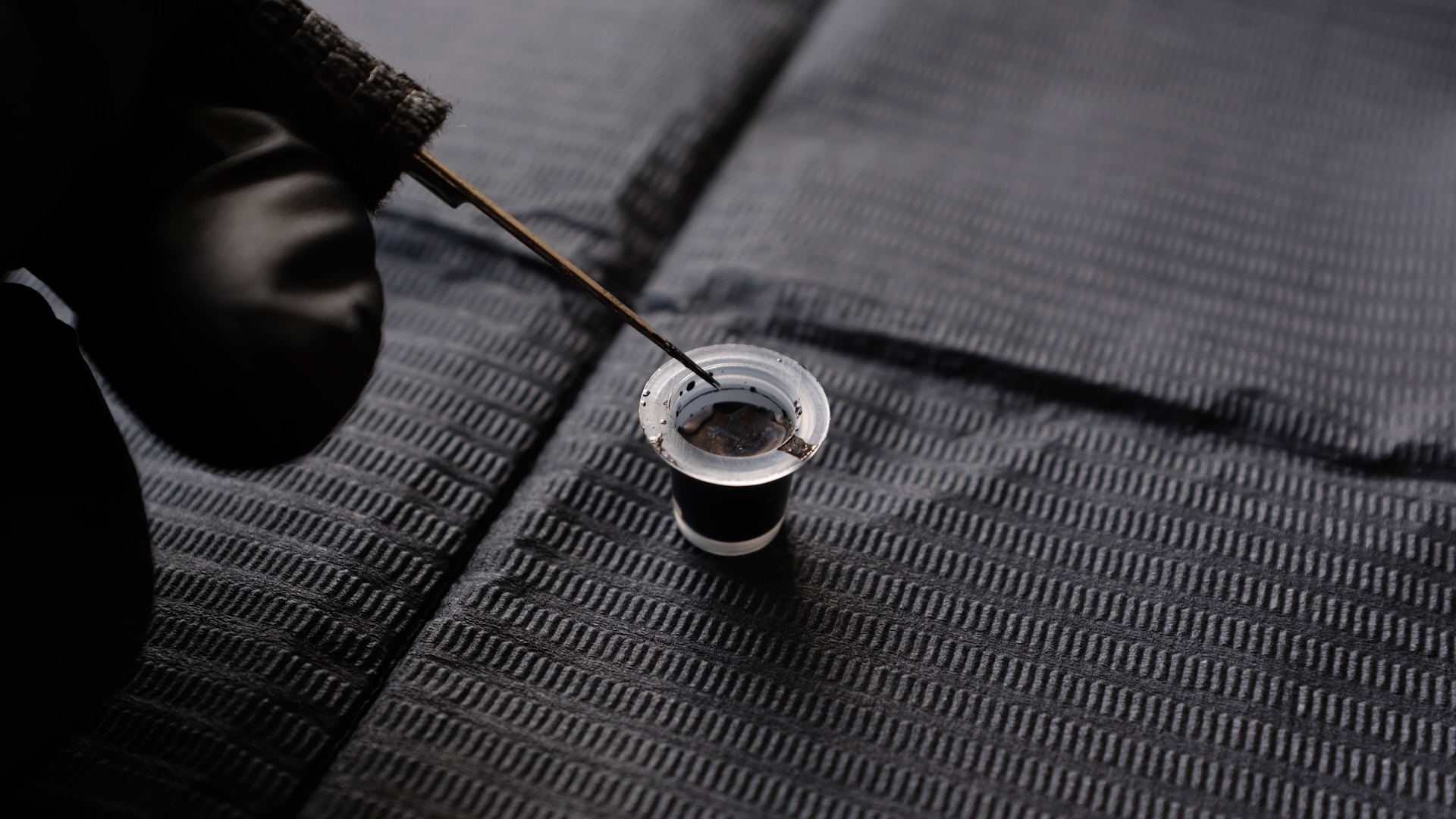Diagnostic dilemma: Botched penile tattoo left man with permanent semi-erection
A man developed a rare condition after getting a tattoo on his genitals.

The patient: A 21-year-old man in Iran
The symptoms: The patient reported that his penis had been "partially rigid" for three months.
What happened next: Upon examining the man, doctors noted that he had a tattoo along the top of the penile shaft, as well as another tattoo on the glans, or tip of the penis. The man initially told the doctors he'd gotten the tattoos several years prior, but he later said he'd gotten them just before his symptoms emerged.
The tattooist had used a handheld needle, the patient said, which is a common traditional tattooing technique. Afterward, the patient experienced bleeding and pain for a number of days. After the pain subsided, the man experienced "longer-than-usual sleep-related erections," which worsened to the point that his penis was "half-rigid" all the time.
His doctors further investigated his medical history and ran many lab tests, including brain scans to look for abnormalities and blood tests to rule out infections. Using sound waves to assess blood flow in the penis, the doctors saw "pseudoaneurysms" in the tattooed area, meaning there were places where the arteries had been injured, causing blood to pool.
The diagnosis: The man was diagnosed with "nonischemic priapism." Priapism refers to prolonged erections that occur in the absence of sexual stimulation, or that continue long after sexual stimulation has ceased.
The most common form of priapism — ischemic priapism — occurs when a blockage prevents deoxygenated blood from exiting the penis, or when certain drugs prevent that blood flow. This can quickly lead to tissue damage, permanent scarring and impotence.
Get the world’s most fascinating discoveries delivered straight to your inbox.
In nonischemic priapism, though, blood flow is not blocked, so there's less pain and a low risk of permanent damage. This condition, also called "high-flow priapism," typically occurs when an artery in the erectile tissue is injured and allows too much blood to be continuously pumped into the penis.
The treatment: The appropriate treatment wasn't available at the facility where the patient was examined, so he was referred to another facility for a superselective embolization, a procedure that would have blocked blood flow through the injured arteries to reduce blood flow in the penis. However, he instead underwent a "nonindicated" procedure that didn't make sense given the features of his case. (In a report of the case, the man's doctors didn't note where or why he got this alternative operation.)
The procedure involved introducing shunts, or passageways for blood, between two tissues: the corpus cavernosum and the corpus spongiosum. In ischemic priapism, blood builds up in the corpus cavernosum, so introducing these shunts helps the blood to drain properly. However, in nonischemic priapism, blood flow is not blocked, so that surgery wouldn't help. "Predictably, the procedure was unsuccessful," the man's doctors wrote in the case report.
Following the procedure, the man continued to experience half-rigid priapism. He was disappointed with the surgery's outcome. But ultimately, the condition was painless and he maintained "moderately good" erectile function during intercourse. For those reasons, he declined further treatment and instead lives with the condition, his doctors reported.
What makes the case unique: At the time the case was published, in 2012, the doctors wrote that it was the "first case of nonischemic priapism following penile tattooing" ever described in the medical literature.
Priapism can have many triggers. For example, ischemic — or "low-flow" — priapism can be associated with sickle cell disease; blood cancers, such as leukemia; and the use of drugs, including certain antipsychotics, antidepressants and erectile-dysfunction medications. High-flow priapism accounts for only about 5% of priapism cases and is most often caused by physical trauma to the penis or the perineum, the tissue between the scrotum and anus.
"In our case, most probably, the handheld [tattoo] needle penetrated the penis too deep," the doctors wrote. "Based on our unique case, we discourage penile tattooing."
The patient, for his part, reported having no regret over the tattoo and no depression or other psychological symptoms related to the priapism.
This article is for informational purposes only and is not meant to offer medical advice.

Nicoletta Lanese is the health channel editor at Live Science and was previously a news editor and staff writer at the site. She holds a graduate certificate in science communication from UC Santa Cruz and degrees in neuroscience and dance from the University of Florida. Her work has appeared in The Scientist, Science News, the Mercury News, Mongabay and Stanford Medicine Magazine, among other outlets. Based in NYC, she also remains heavily involved in dance and performs in local choreographers' work.


